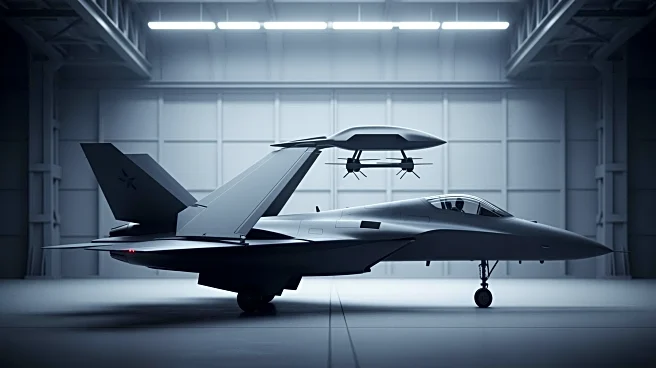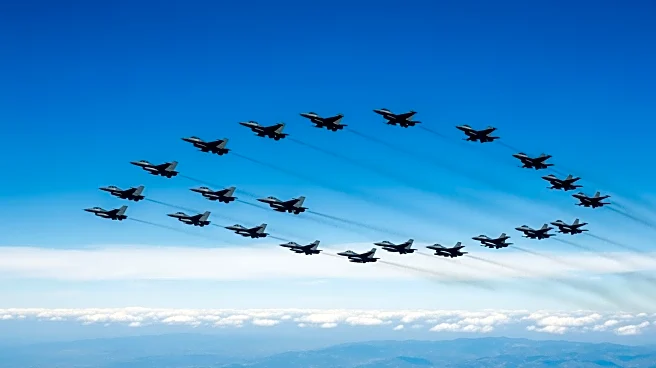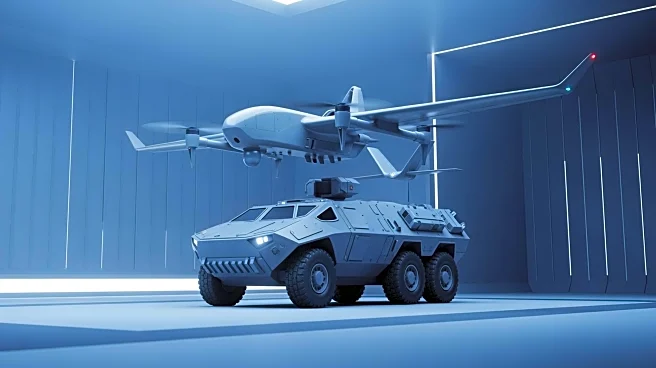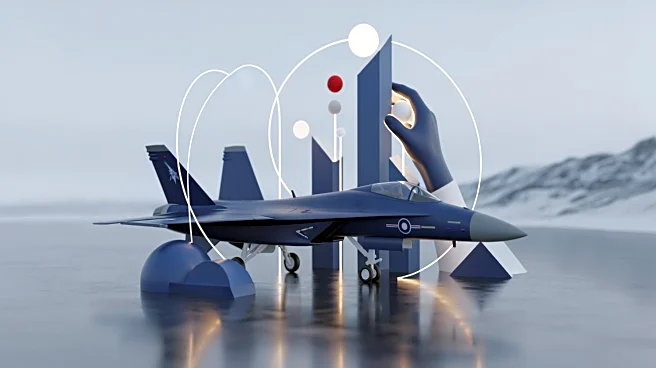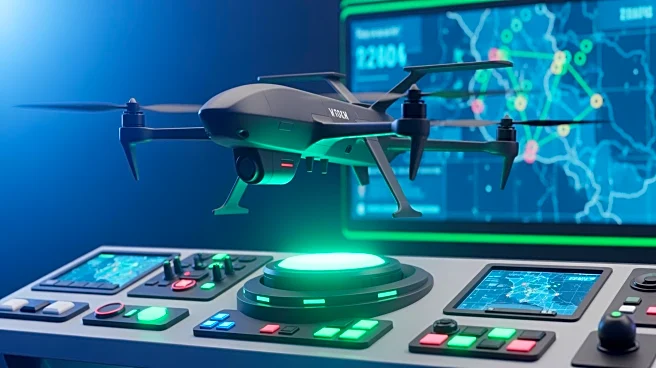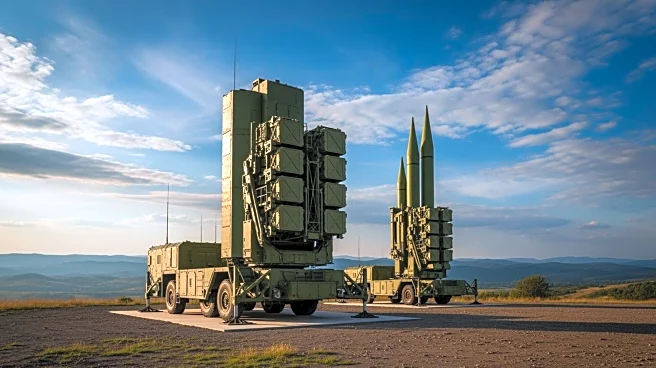What's Happening?
The designers of the sixth-generation GCAP fighter jet, part of a UK-Japanese-Italy program, are emphasizing the need for the aircraft to carry a wide range of armaments and collaborate with various 'Loyal
Wingman' drones. Group Captain Bill Sanders from the UK defense ministry highlighted the importance of a flexible weapons bay that can accommodate armaments from NATO, the United States, and partner nations. This flexibility is crucial for adapting to different conflict scenarios, as seen in Ukraine, where supply chain pressures necessitate access to diverse stockpiles. The GCAP's ability to work with different Collaborative Combat Aircraft (CCA) is also a priority.
Why It's Important?
The push for flexible weapons and drone integration in the GCAP fighter jet reflects the evolving nature of modern warfare, where adaptability and interoperability are key. By enabling the aircraft to carry various armaments and collaborate with different drones, military commanders gain strategic flexibility in conflict situations. This approach can reduce costs by allowing the use of less expensive weapons as enemy defenses weaken. The initiative underscores the importance of international collaboration in defense technology, potentially enhancing the capabilities of NATO and allied forces.
What's Next?
The development of the GCAP fighter jet will continue to focus on integrating diverse weapons and drone systems. Analysts suggest that while the UK, Japan, and Italy may initially pursue independent drone platforms, there is potential for future collaboration on shared systems. The International Fighter Conference highlighted the growing interest in Collaborative Combat Aircraft, with discussions on integrating these systems with existing fighter jets. As the program progresses, stakeholders will need to address challenges related to cost, resource allocation, and technological compatibility.
Beyond the Headlines
The emphasis on flexible weapons and drone integration in the GCAP fighter jet could influence broader defense strategies and procurement policies. It may lead to increased investment in modular and adaptable military technologies, fostering innovation in drone and armament design. Additionally, the initiative could impact geopolitical dynamics, as countries seek to enhance their defense capabilities through collaborative programs, potentially reshaping alliances and military partnerships.
